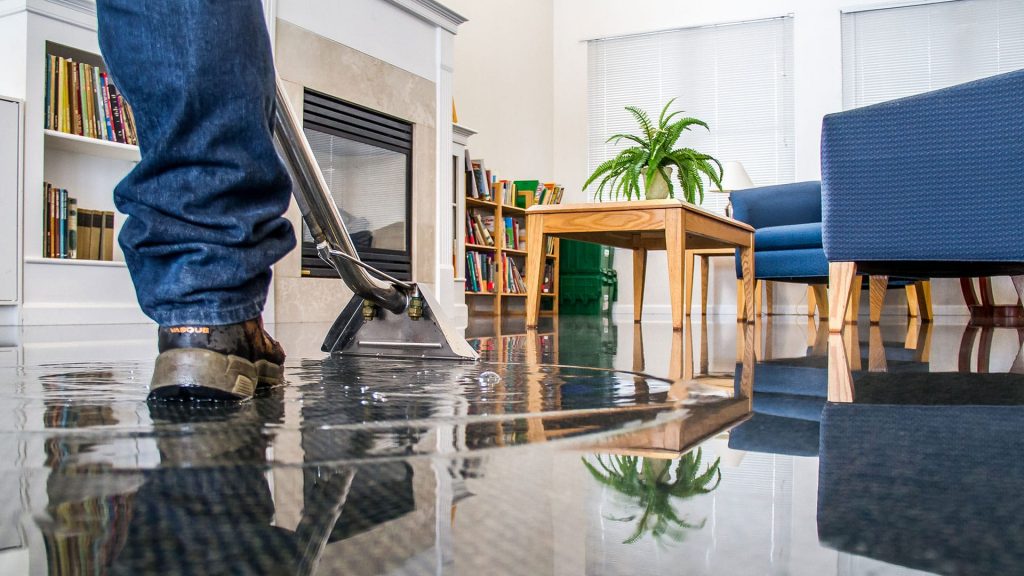Suffolk County, situated on Long Island, New York, is widely recognized for its picturesque beaches and flourishing ecosystems. However, the rapid urbanization and industrialization that the county has experienced have presented significant challenges to its water resources. Fortunately, Suffolk County has demonstrated a solid commitment to environmental stewardship by embracing innovative technologies for water remediation, thus paving the way toward a cleaner and more sustainable future. This blog explores noteworthy advancements in water remediation technologies that have played a crucial role in positively transforming Suffolk County’s aquatic environments, specifically focusing on water remediation suffolk county.
Desalination
Suffolk County has made remarkable progress in addressing water scarcity through desalination technologies. By utilizing state-of-the-art desalination plants, the county can convert seawater into fresh, potable water, ensuring residents’ reliable and sustainable water supply. This innovative approach has significantly reduced reliance on freshwater sources and minimized the ecological impact on local rivers and lakes.
Advanced Filtration Systems
Suffolk County has adopted cutting-edge filtration systems that effectively remove contaminants and pollutants from its water sources. High-tech filtration methods, such as reverse osmosis and activated carbon filtration, have proven to be highly efficient in eliminating harmful substances, including heavy metals, chemicals, and microorganisms. These advanced filtration systems ensure that Suffolk County’s water is safe, clean, and suitable for various applications, including drinking, irrigation, and recreational activities.
Bioremediation Techniques
Suffolk County has embraced nature-based solutions to remediate water bodies affected by pollutants. Bioremediation techniques involve using living organisms, such as bacteria, algae, and plants, to break down and neutralize contaminants. Water remediation suffolk county has implemented constructed wetlands, where natural wetland plants and microorganisms thrive, effectively removing pollutants and enhancing water quality.
Smart Water Management Systems
Suffolk County has integrated cutting-edge technologies into its water management systems to enhance efficiency and reduce waste. Smart water meters enable accurate monitoring of water usage, empowering residents and businesses to track their consumption patterns and make informed decisions regarding conservation. Additionally, sensor-based irrigation systems optimize water usage in agriculture, reducing water wastage and increasing crop yield.
Nanotechnology Applications
Suffolk County has harnessed the power of nanotechnology to address water pollution challenges. Nanomaterials, such as nanofibers, nanoparticles, and nanocomposites, have shown great potential in removing contaminants from water through processes like adsorption and catalysis. These nanomaterial-based filters and membranes have significantly enhanced the efficiency of water treatment processes, effectively capturing and degrading pollutants at the molecular level.
Solar-Powered Water Treatment
Suffolk County has embraced the use of solar energy to power water treatment facilities. Solar-powered water treatment systems utilize photovoltaic panels to convert sunlight into electricity, which is then used to run pumps, filtration systems, and other equipment. By reducing reliance on conventional energy sources, solar-powered water treatment lowers operational costs and decreases the carbon footprint of water remediation processes.
Conclusion
Water remediation suffolk county has emerged as a beacon of progress, thanks to its commitment to embracing innovative technologies. Suffolk County has set an inspiring example for other regions grappling with water quality issues by adopting these positive changes. As the county continues to prioritize sustainability, its commitment to innovation ensures a brighter, cleaner, and more resilient future for Suffolk County’s water ecosystems and the communities they support.







